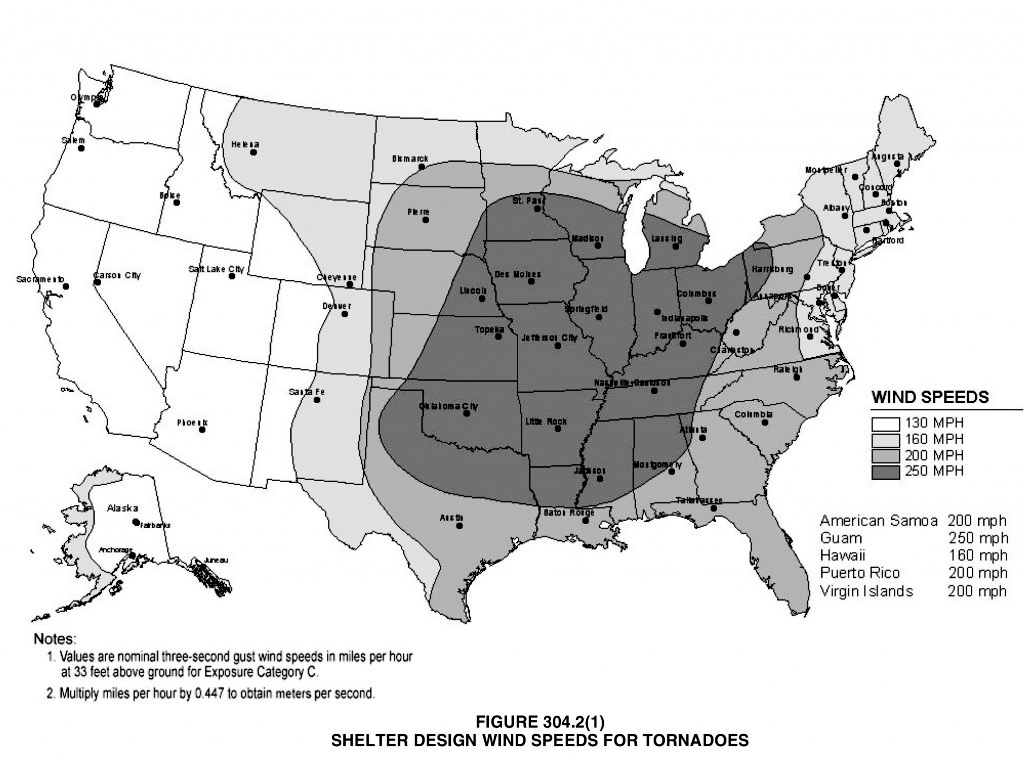Hurricane Doors | Demystifying Storm Shelter Requirements
Tornado and Hurricane Doors have many new options and advancements. Our E-Book can help guide you.
New Advancements in Hurricane Doors have lead to Brand New Safe Room Design Options
New Safe Room Doors with a Tight Footprint
It’s great to be able to deploy tornado and hurricane doors when you need them, but what makes some rolling products really special is the fact that they have a tight footprint—meaning they don’t stick out into the safe room space and they don’t take up too much room inside the walls either. You can hide the hurricane doors by rolling it up into the ceiling, and all you see are the vertical guides, which can be embedded in the structure if you desire. One point to note for construction is that these kinds of storm doors should not be mounted to concrete masonry units—either hollow or filled. They must be affixed to steel or another masonry as approved by the AHJ.
Previously, If a Safe Room Door was Damaged, You May Not Know
The familiarity that people have with swing doors is good, but that familiarity can cut both ways. Who hasn’t propped open a broken door with a wedge, thinking that it can get fixed at “some point in the future?” While that’s fine for a standard swing door, if a storm shelter door is broken and not adequately fixed, it can malfunction in a storm scenario, failing to latch properly and compromising the safety and security of occupants. Rolling tornado and hurricane doors cannot be manually bypassed, so everyone is aware when there is a damage issue.
For more information about safe room doors pros and cons, download our e-book today!
What wind speed does your area need to withstand?

Wind zones are areas of the United States that get (on average) different maximum speed winds. The higher the winds, the higher the chance of a tornado or hurricane and the more damage it can do. This does not mean, however, that the surrounding areas are not of concern. Even in the 160 mph zone, tornadoes can develop and cause devastating damage to the area. 160 mph can still tear off roofs and turn over cars. These areas are generally less prepared for a storm of this magnitude, since they are less likely. When you are under prepared it can in turn have a greater impact on the people and the possessions in that area.
![]()
TORNADO ALLEY
Any state or locality that has adopted IBC 2015 or newer, is in an area that has an increased risk or tornadoes (identified as the 250 MPH wind zone.) These areas are required to have a storm shelter meeting the FEMA-361 requirements for all K-12 schools with 50 occupants or more, 911 call stations, police stations, fire, rescue and ambulance stations and more.
![]()
HURRICANE VS. TORNADOES
Tornadoes come on more instantly, so the pressure cannot equalize the way it can during a hurricane. When building a storm shelter for a hurricane area, you are building for duration more so than intensity. Tornadoes generally are quick, but have extremely high winds throwing all sorts of different projectiles at high rates of speed.
![]()
STORM SHELTERS
An interior room, or a space within a building, or an entirely separate building, designed and constructed to provide a near-absolute life-safety projection for its occupants from tornadoes or hurricanes. The most common rooms to be converted into storm shelters are cafeterias, gymnasiums, and classroom pods.





